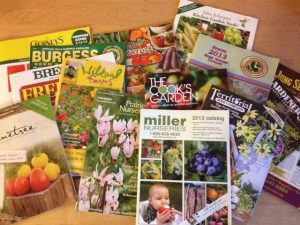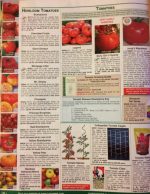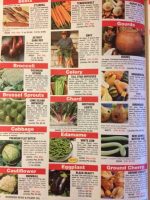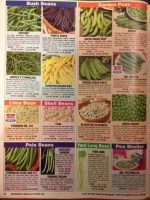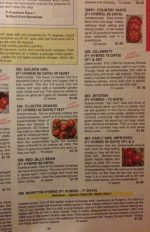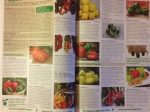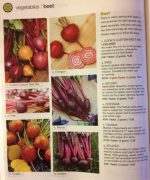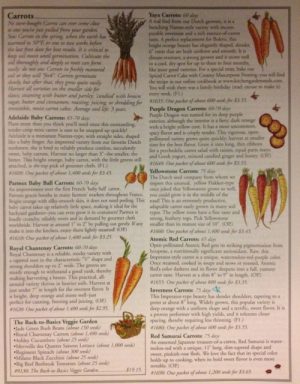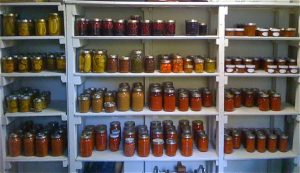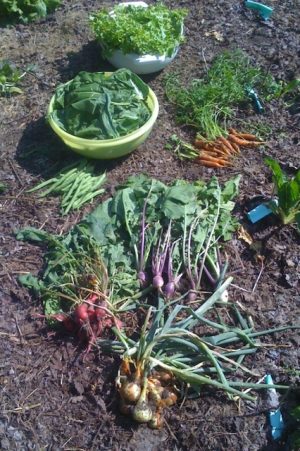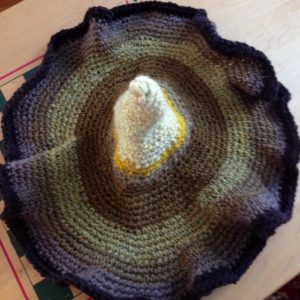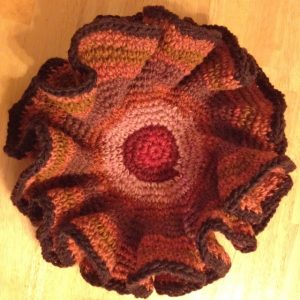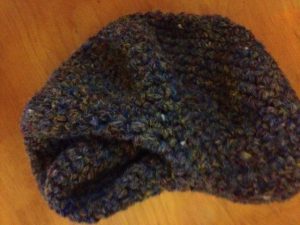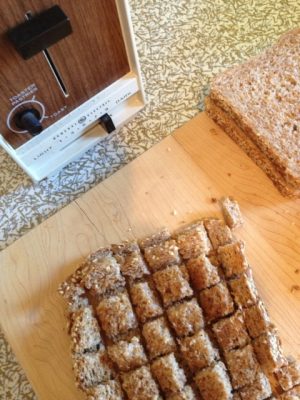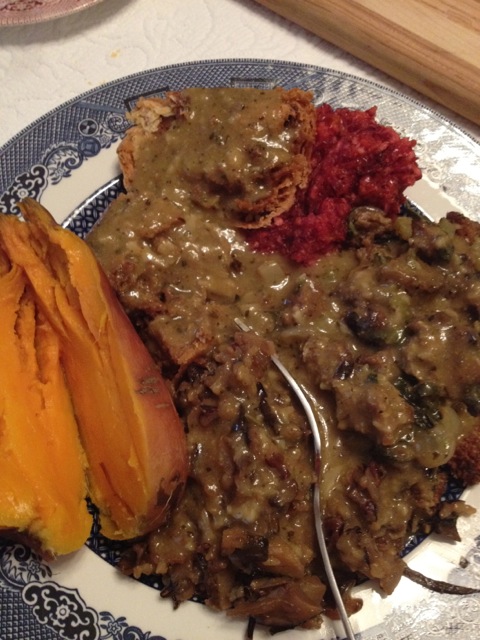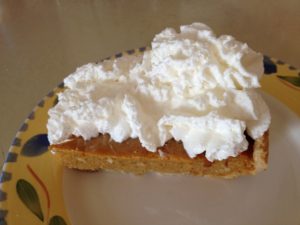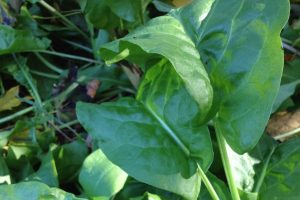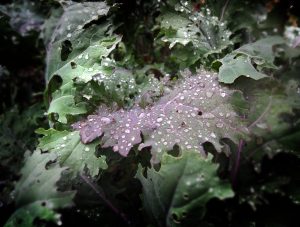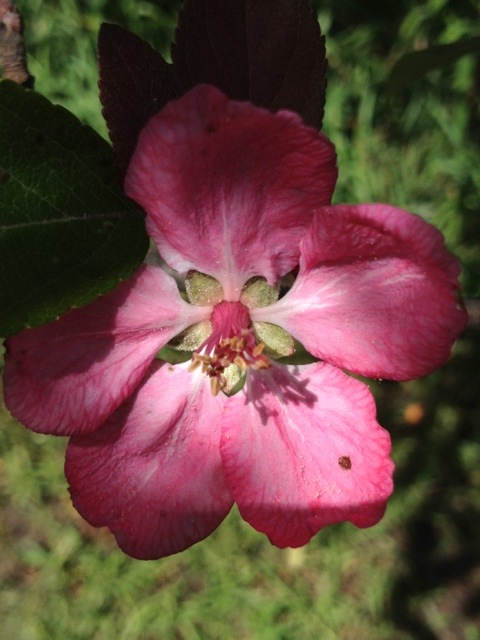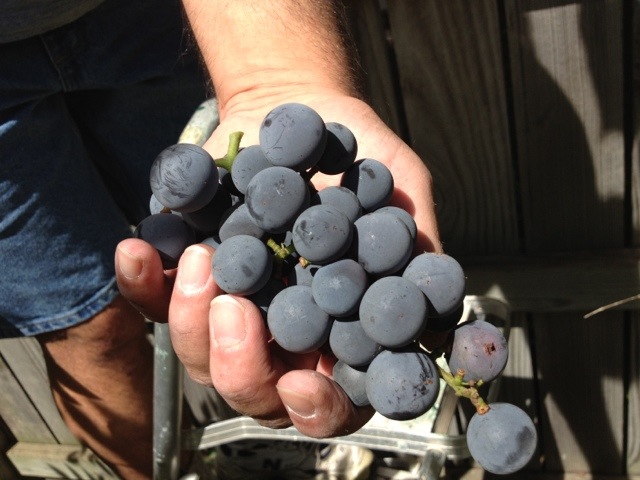This post first appeared on goshencommons.org on February 9, 2013.
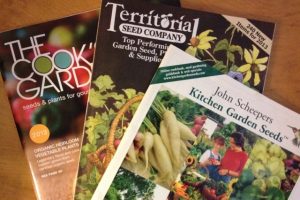
I have culled my seed catalog collection. Now begins the process of carefully going through each one and making my first-round choices of seeds to buy for the spring. I will then make a list and realize that there is no way that everything will be able to fit into the garden. That will mean that I will have to go through a second round of seed selection and make a shorter list. This will continue until I decide on a quantity that I think I can manage (and one that will not break my budget).
Every year, I like to plant at least one thing new to me. This year, I had already decided that would be hops. But I can’t help but be drawn to the new, the interesting and the unusual. As I went through the vegetable sections of the catalogs this year, these are the items that caught my attention.
- Amaranth: This is usually grown as an ornamental, but has edible leaves. I also may be able to use the seed in bread. That sounds quite exciting.
- Celeriac: This is a type of celery, grown for its roots. I’m interested in it, because I’ve read that it stores well in a root cellar, or, in my case, the basement.
- Horseradish: I’m not sure how or when I would use this, but I’m intrigued by the idea of growing horseradish.
- Kohlrabi: I’ve seen kohlrabi, but I’ve never grown it, nor have I ever cooked it. But, like celeriac, it also can be stored in a root cellar.
- Quinoa: It looks like this would be a striking addition to the garden with colorful seed heads.
- Mushrooms: These are typically grown indoors, but one of my seed catalogs has a variety that can afterwards be put into the outdoor garden.
- Salsify: This is supposed to taste like a cross between artichokes and oysters. That sounds weird enough to be intriguing.
I haven’t even started looking at the herbs or the fruits or the wildflowers. Maybe I should stop now and make my first-round list.
What have you planted that is interesting and unusual? Do you have any experience with any of the plants on my list? Please leave comments. I’d love to hear about your experiences.

